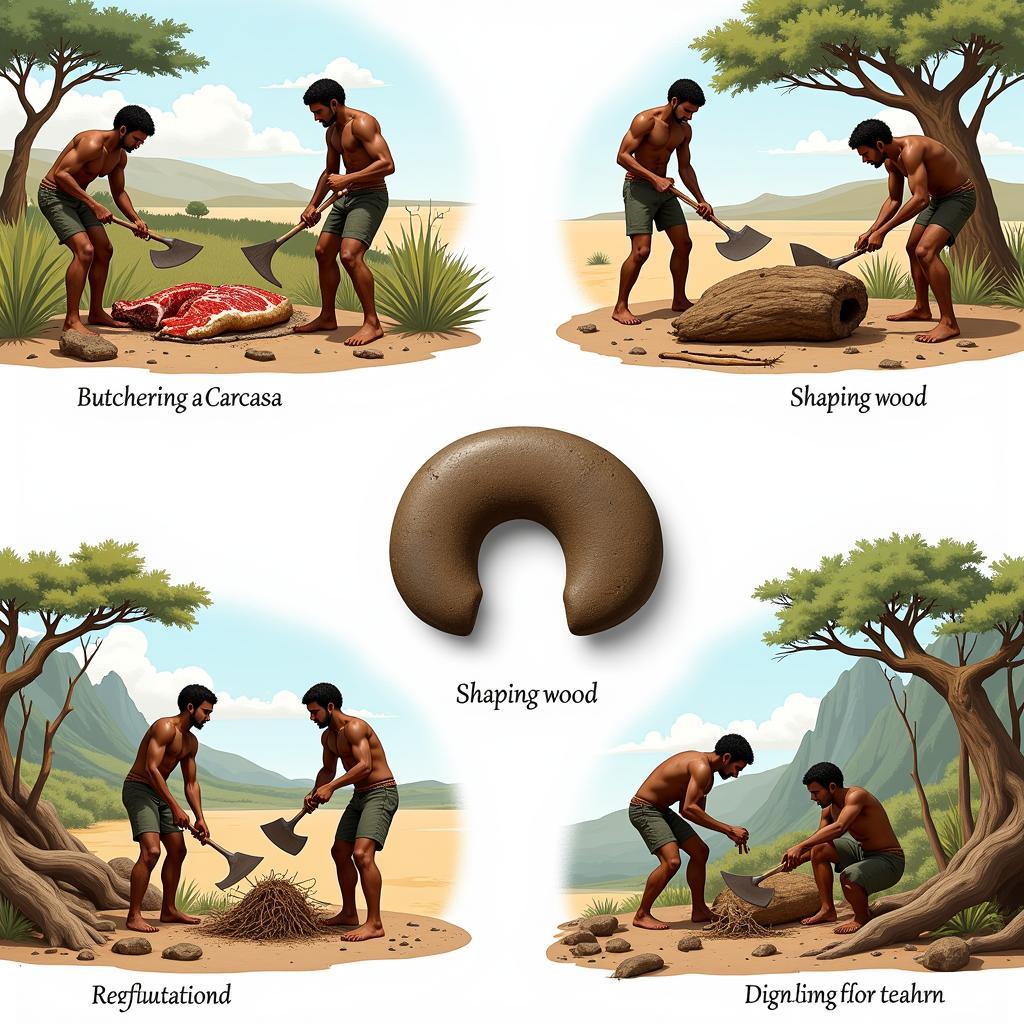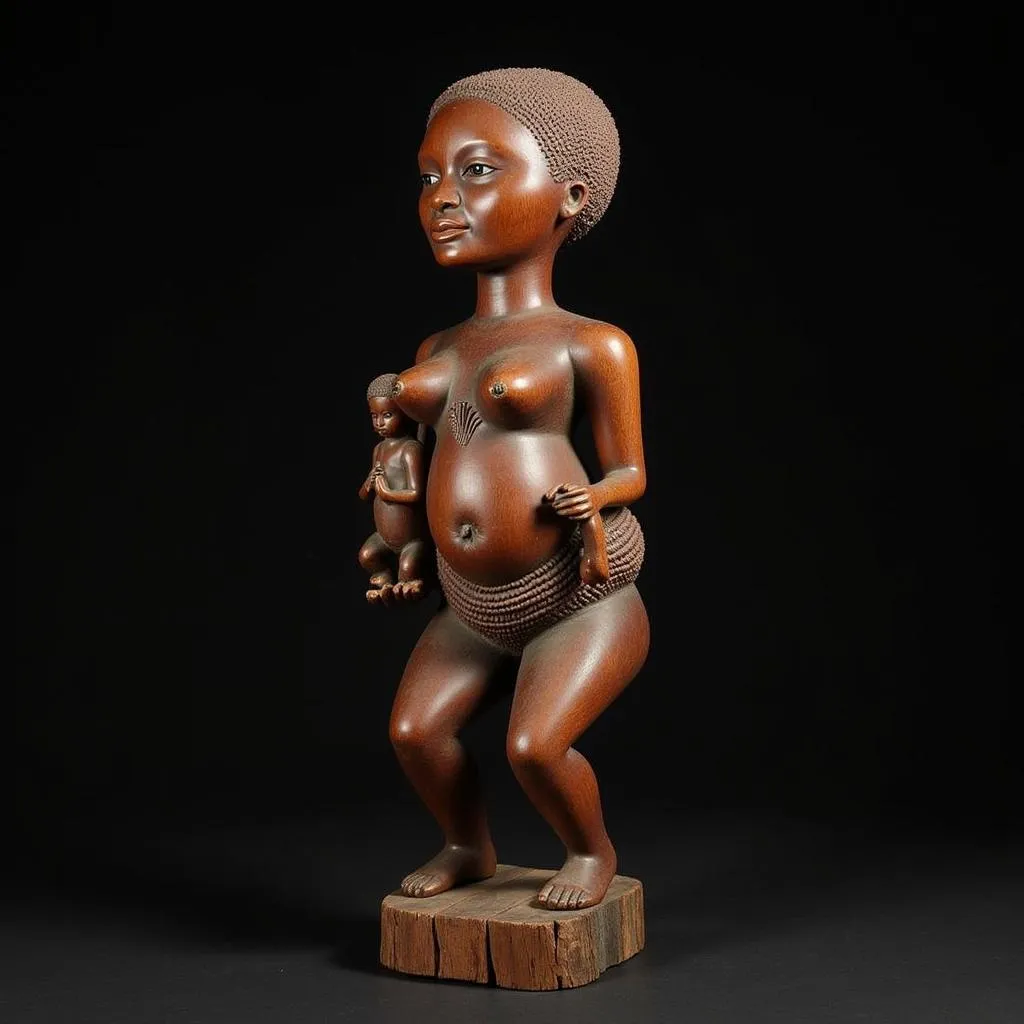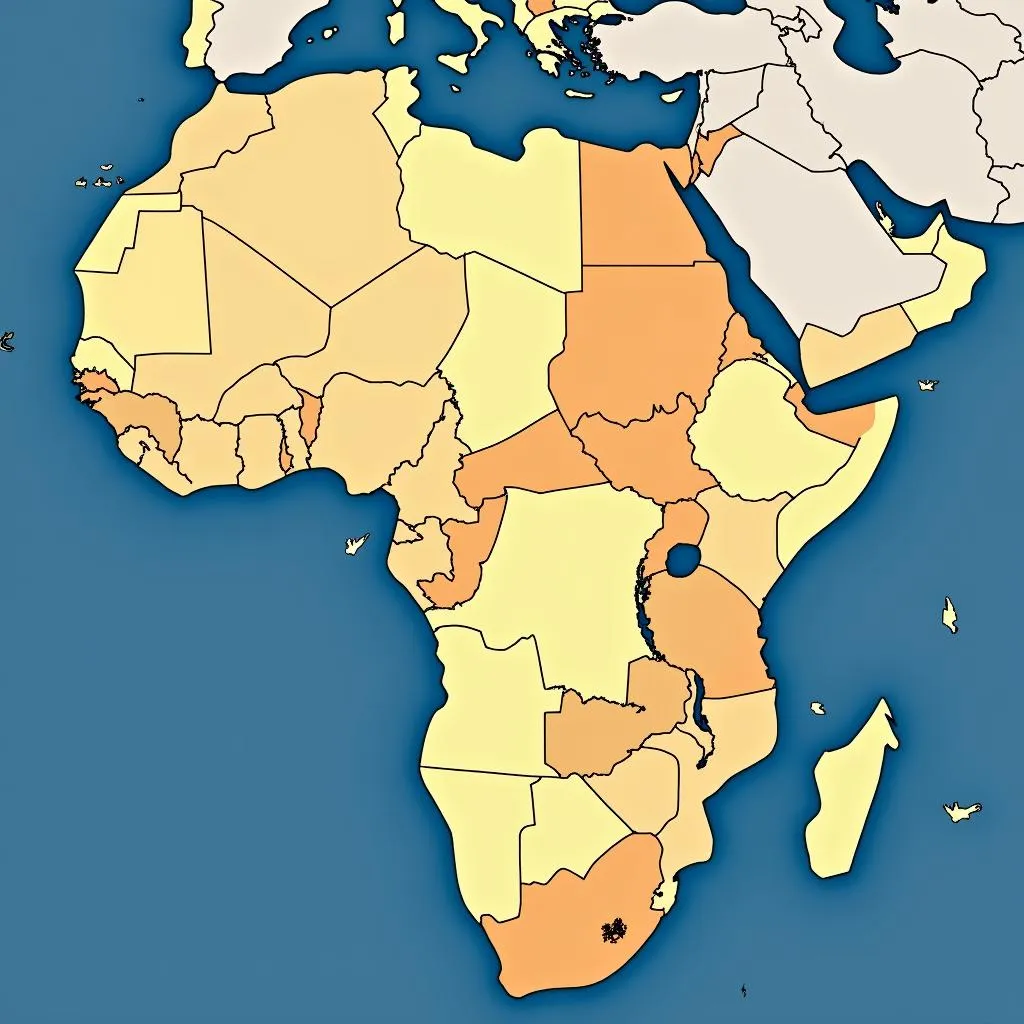Unveiling the Beauty of African Alphabets
African Alphabets are a testament to the continent’s rich linguistic diversity and cultural heritage. With over 2,000 languages spoken across Africa, these writing systems provide a unique window into the history, traditions, and artistic expressions of its people.
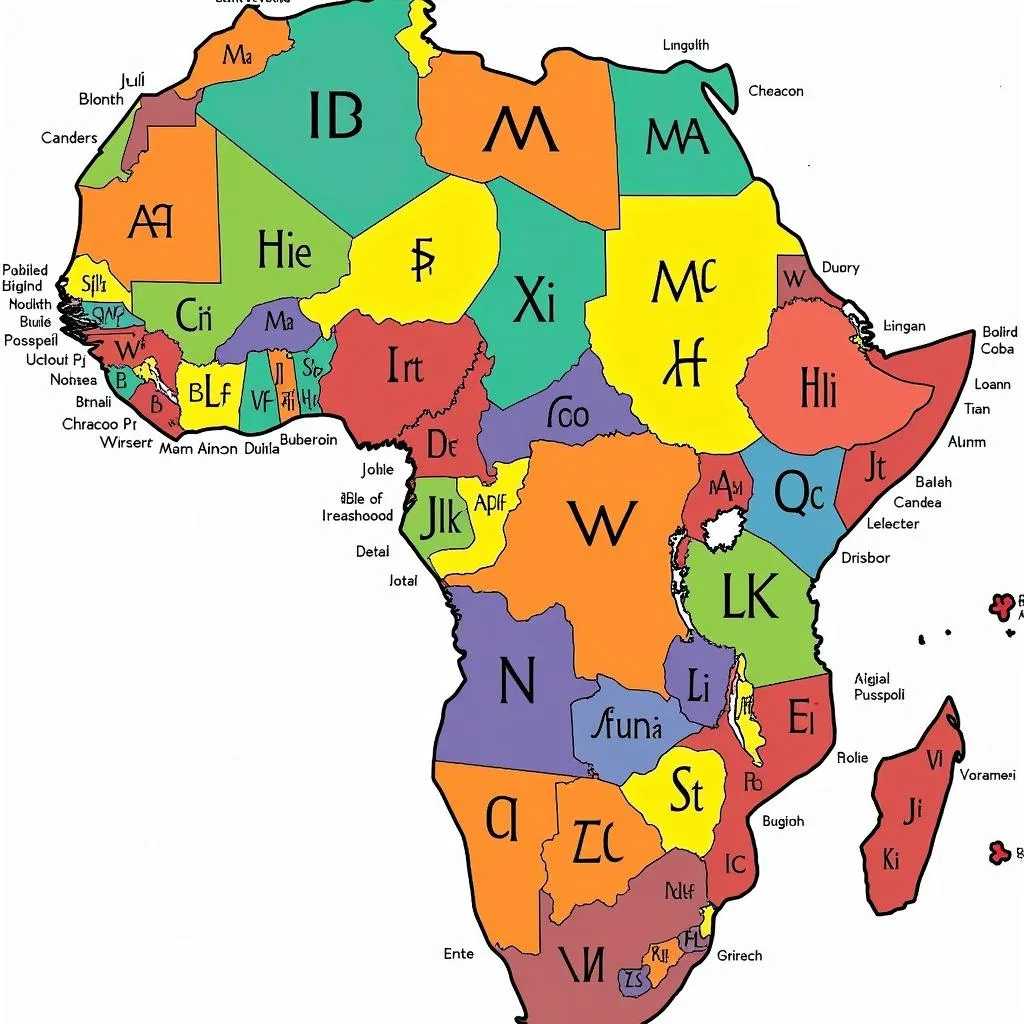 African Alphabet Chart: A Visual Guide
African Alphabet Chart: A Visual Guide
A Tapestry of Scripts: Exploring African Writing Systems
Contrary to common misconceptions, Africa boasts a vast array of indigenous scripts, each with its own fascinating origin story and evolution. While some alphabets, like the Ge’ez script used for Amharic in Ethiopia, have ancient roots dating back centuries, others have emerged more recently, often influenced by colonialism, trade, or religious practices.
One of the most well-known African alphabets is the N’Ko script, developed in 1949 by Solomana Kante in Guinea. Designed to represent the Mande languages, N’Ko emphasizes the importance of literacy and cultural preservation in a post-colonial world. Its creation sparked a literary movement, empowering communities to document their history, stories, and knowledge in their own script.
Beyond Latin Characters: Unique Features of African Alphabets
African alphabets often incorporate unique phonetic elements and tonal variations that reflect the nuances of the spoken languages. For instance, some scripts use diacritical marks to indicate tones, which play a crucial role in conveying meaning and grammatical relationships. This emphasis on tonal accuracy highlights the importance of oral traditions in many African cultures, where the spoken word carries significant weight and cultural meaning.
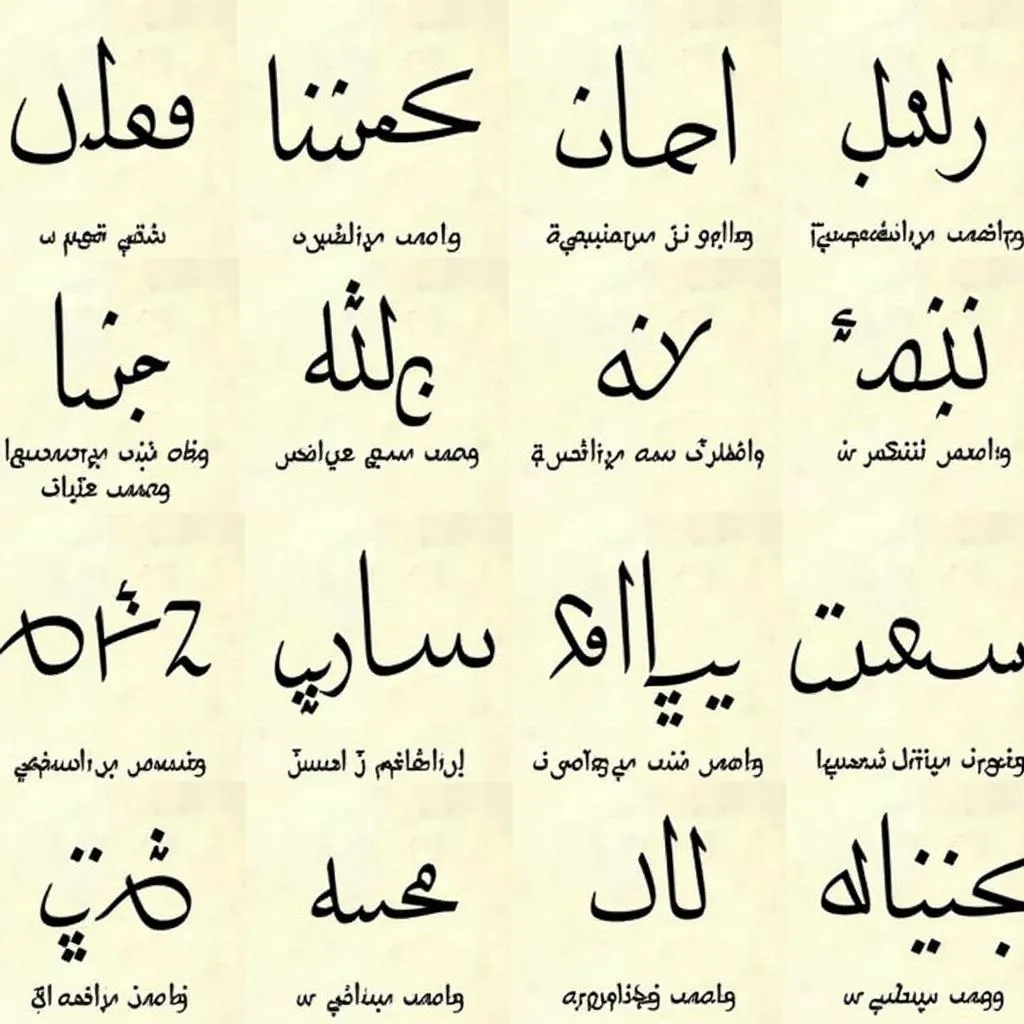 Exploring African Language Alphabets
Exploring African Language Alphabets
Furthermore, many African alphabets incorporate symbolic representations of nature, animals, and cultural motifs. These visual elements not only enhance the aesthetic beauty of the script but also provide insights into the worldview, beliefs, and values of the communities that use them.
Preserving Heritage: The Significance of African Alphabets in the Digital Age
In an increasingly digital world, preserving and revitalizing African alphabets is crucial for maintaining linguistic diversity and cultural heritage. The use of these scripts in education, literature, and digital platforms fosters cultural pride, strengthens identity, and ensures the transmission of knowledge to future generations.
 Teaching Children the African ABCs
Teaching Children the African ABCs
Initiatives such as language documentation projects, digital archiving, and the creation of language learning resources play a vital role in safeguarding these invaluable writing systems. Moreover, integrating African alphabets into modern technology, such as developing language-specific fonts and keyboards, facilitates their use in digital communication, content creation, and online platforms.
Conclusion: Celebrating the Diversity of African Alphabets
African alphabets are a testament to the continent’s linguistic richness and cultural vibrancy. From ancient scripts with historical significance to modern creations driven by cultural preservation, these writing systems offer a fascinating glimpse into the diverse tapestry of African languages and traditions. By embracing, celebrating, and actively preserving these alphabets, we contribute to a world where linguistic diversity thrives, cultural heritage is cherished, and future generations can connect with the richness of their ancestral roots.

